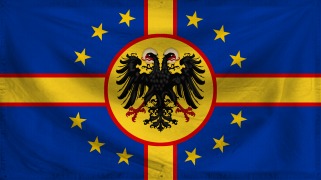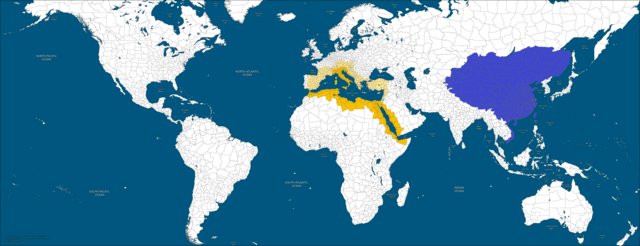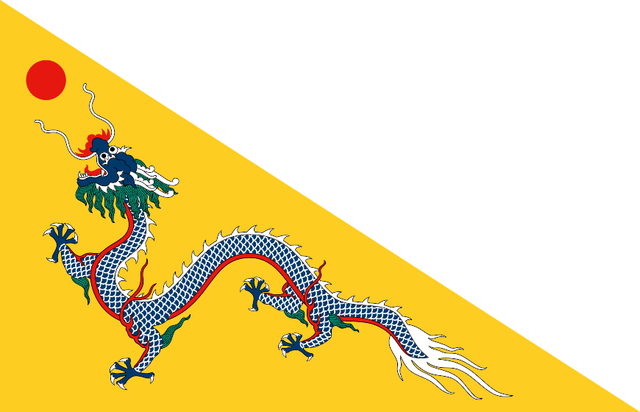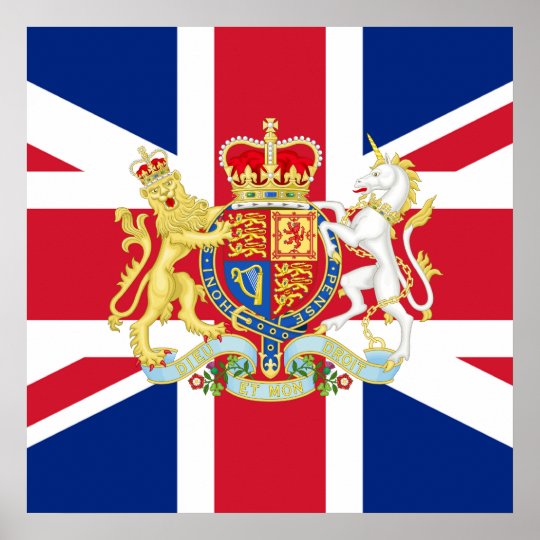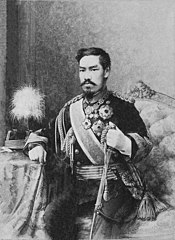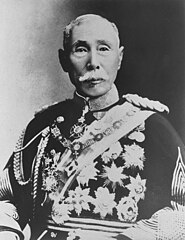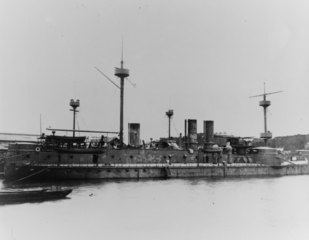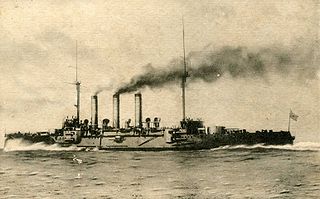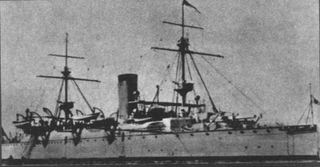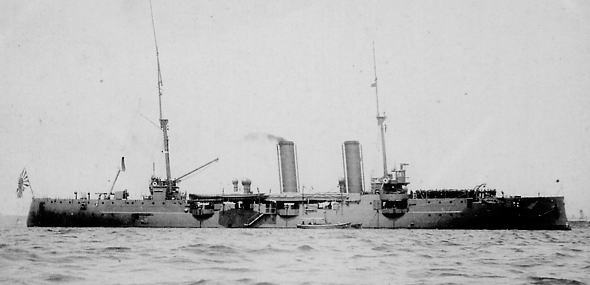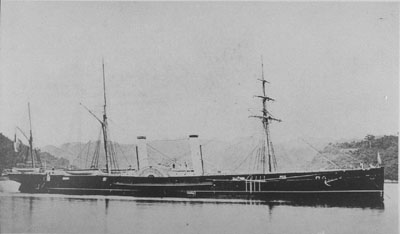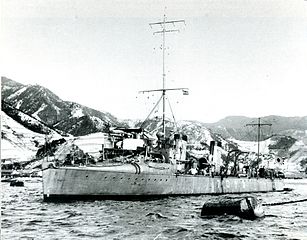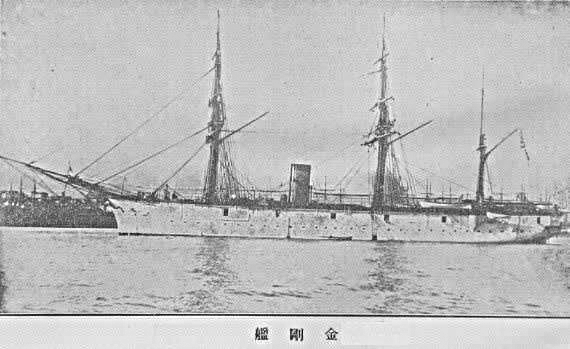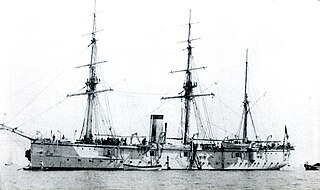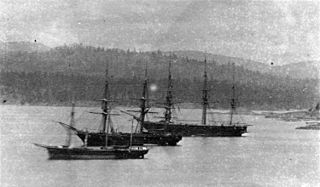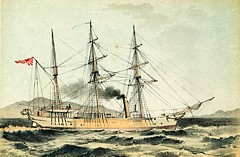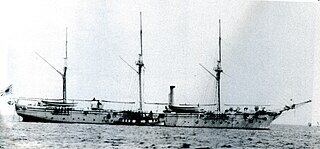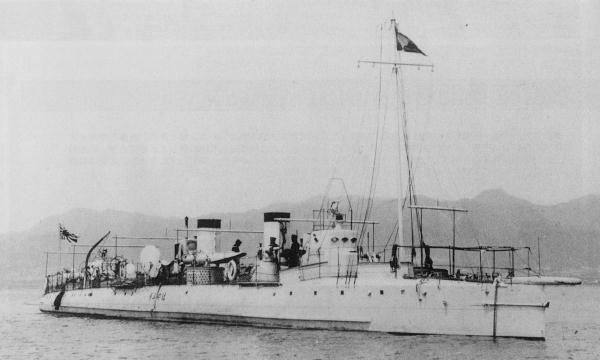While it cannot be denied that history oft seems to follow along certain paths, it also cannot be denied that the way through which history flows can be a tricky thing.
Napoleon Bonaparte did not depart from Corsica, having been born and raised there by his father, Carlo. Instead, he went to the heart of the Republic of Genoa, inspired by the French Revolution and thinking that the Genoese Republic could use a transformation of its own. Working with various French Revolutionaries and officials, along with assistance from those sympathetic to his cause, Napoleon Bonaparte led his own sort of revolution within Genoa; removing those from power who could not be trusted with it, and gaining the loyalty of those who could be bought.
Utilizing the revolutionary fervor within northern Italy, Napoleon proclaimed that his goal was now the unification of Italy under a single banner. Garnering further support through his sheer charisma and more territory through his battle prowess, the Italian Republic was forged throughout the northern parts of Italy after Napoleon delivered crushing defeat after crushing defeat to the Austrians and others. Using the Genoese navy, along with some other converted merchant ships, young Bonaparte took the Kingdom of Naples next.
And that's when it started: the people of the City of Rome, within the Papal States, began to whisper an old title - Caesar. Pope Pius VII was somehow convinced to legitimize the cause of Napoleon Bonaparte, and so the Papal States joined the fledgling Italian Republic with assurances from its President Bonaparte that it would not lose any influence. And so, after nearly a decade, the Italian Republic was unified at last.
The French Republic, however, was in dire straits. And so it was that Napoleon Bonaparte used the Italian Republic's growing influence and power to tear into the various enemies of the Revolution, as well as saving the French Republic from total collapse. As time went on, Napoleon's popularity among the peoples of Italy grew until Napoleon accepted the title of Caesar in addition to his title of President; the Republic was now predominantly in name only, and many felt that this was the return of the Roman Empire, with Napoleon Bonaparte being Julius Caesar made flesh once more.
And then, in 1850, the President-Caesar died - and so the Empire became official, with the “election” by popular demand and military force of Napoleon II, who was now Emperor of the Romans - officially acknowledged and anointed as such by Pope Pius IX. European nations across the continent felt the roar of approval of those under the influence or direct rule of the Roman Empire reborn, even as it waged holy war against the Ottomans in the east and continued to support its allies, puppet or otherwise, in the west.
The Year is now 1900, as the century turns. Emperor Napoleon II is aging on, even as the Empire's reborn glory seems to wane. Napoleon IV, the heir-apparent to the Emperor as he had no children of his own, is preparing to officially annex the Empire's various puppet states in order to bolster the Empire's strength and ensure its enemies do not believe it to be weakening.
Where do you stand, in the age of a Second Rome?
Hello! And welcome to A Second Rome. This AH RP takes place in an alternate world where Napoleon was the savior and de facto emperor of Italy rather than of France, giving rise to a second Roman Empire in the aftermath of his death.
While this RP's timeline might seem mildly shakey and uncertain in terms of likelihood, I ask you to set aside any qualms for the time being to instead partake in it. This is, after all, Alternate History - some lacking of realism is, to some degree, required. With that in mind, I am willing to accept some lack of realism when it comes to other nations and their histories - as long as it is not egregious.
I. I am Thy OP, MY WORD IS LAW.
II. No Godmodding, Metagaming, etc.
III. All other standard RP Etiquette is required!
IV. Realism is slightly looser than usual, but I will put my foot down on advanced tech or steampunk or what-have-you. Keep the time period and established history in mind.
V. Do not summon the wrath of the NS Mods. NS Rules Apply. That means keep it PG-13 and stuff, folks!
VI. Have fun!
- Code: Select all
[box][align=center][size=200][b][i]NATION APPLICATION[/i][/b][/size]
[img]NATION FLAG GOES HERE[/img]
[i]Name of Nation (formal, etc.)[/i]
[b]Government Type:[/b]
[b]Head of State:[/b]
[b]Head of Government:[/b] (if the same as HoS, just say 'HoS' or use the HoS' title)
[b]Capital:[/b]
[b]Population:[/b]
[b]Military Population:[/b] (no more than 3% of national pop)
[b]Allies:[/b]
[b]Enemies:[/b]
[b]History:[/b] (Reminder: POD is 1760s.)
[b]RP Example:[/b] (at least one unless I've RPed with you before.)[/align]
#TheSecondRome - DO NOT REMOVE[/box]




